Introduction
They power the semiconductors of smartphones, hybrid electric vehicles, and renewable energy systems to allow efficient electrical conversion and control. However, there is a growing demand for energy-efficient and high-performance electronics, thus increasing rapid developments on technology. In this article look at the latest developments in power semiconductor devices and their actual implications.
Devices are actually include in the basic building blocks of any electronics systems, which are turning and controlling electrical efficiently. In the past few decades, technology has undergone great advancement, such that now the devices can operate as more efficient, power-dense, and high-performing electronic systems. In this write-up, we will study the developments that are maturing, their advantages, and other factors that contribute to their importance in achieving efficiency in conversion and control.
Benefits of Advancements in Power Semiconductor Devices:
1. Higher Efficiency
One of the main advantages arising from the rapidly expanding
power-semiconductor device market is the increase in the efficiency of
electronic systems. Advanced devices enable conversion with significantly lower
conduction and switching losses. Thus, reduced overall losses directly increase
the overall system efficiency and lead to reduced or optimized energy
consumption, operating costs and greener behaviour. This is an absolute
necessity in applications where energy efficiency is highly essential, like
renewable energy systems, electric vehicles, and industrial robots.
One of the main advantages arising from the rapidly expanding
power-semiconductor device market is the increase in the efficiency of
electronic systems. Advanced devices enable conversion with significantly lower
conduction and switching losses. Thus, reduced overall losses directly increase
the overall system efficiency and lead to reduced or optimized energy
consumption, operating costs and greener behaviour. This is an absolute
necessity in applications where energy efficiency is highly essential, like
renewable energy systems, electric vehicles, and industrial robots.2. Increased Power Density
The development of power devices has increased the density in electronics systems. With regard to the ranking, the density is described as the quantity of power that can be comfortably housed within a specific volume or space. A higher density assists in allowing electronic systems which are more compact, lightweight, and suitable for applications with limited space constraints. Enhanced density is an outstanding attribute not only in terms of space conservation but also for the excellent system integration and reduction in overall system costs.3. Improved Switching Speed
With improved switching characteristics of fast turn-on and turn-off times, modern devices operate at high frequencies, leading to low component sizes, fast response to the system, and higher power throughput. A faster switching reduces losses due to the switching transitions themselves, increasing the overall system efficiency. It could enable the design of electronic systems that have a quicker dynamic response and better controlled capability.
4. Higher Voltage and Current Ratings
Advance in power semiconductor technology results in higher voltage and current ratings for devices. Higher voltage ratings, therefore, are capable of dealing with high applications, such as grid-connected systems and high-voltage motor drives. Higher current ratings permit efficient control of large electrical motors, industrial equipment and high-power distribution systems. The increase in voltage and current rating made electronic systems more versatile and extended their working range.5. Wide-Bandgap Semiconductor Materials
A novel grand burst in power semiconducting devices has been in playing as long as there comes adoption of wide-bandgap semiconducting materials such as silicon carbide (SiC) and gallium nitride (GaN).The materials exhibit desirable properties
compared to the established silicon. Undoubtedly, wide-bandgap devices exhibit
high breakdown voltages, low conduction losses and high thermal conductivity.
It allows operability of electronic systems under
higher voltages and temperatures resulting in effectiveness, lesser cooling
requirements and enhanced power handling capability.
Other Factors in Advancements of Power Semiconductor Devices:
1. Packaging and Thermal Management
The progress of power semiconductor devices has been renewed by concurrent developments in packaging and thermal management techniques. A great responsibility lies on the packaging of electrical regarding their proper heat dissipation, electrical isolation, and mechanical support. Direct bonded copper (DBC) substrates and advanced heat sinks offer innovative packaging techniques in terms of thermal enhancement and cooling. The proper management of thermal energy will permit reliable operation, increase life cycles, and enhance overall electronic system efficiency.2. Gate Driver Technology
The advancement of gate driver technology goes hand in hand with the progress in new power semiconductor devices. Gate drivers provide control signals in the form of voltages or currents for the turn-on and turn-off. Technological advancements in gate driver electronics allow for minute control of switching activities to optimize functioning and predict the protection for the latter. Such other necessary features include active miller clamping, dead-time control, but more importantly, fault protection mechanisms that ultimately drive down system toughness in terms of destroying switching losses, and hereby effectively driving ahead system efficacy.3. Intelligent Power Modules (IPMs)
Intelligent power modules (IPMs) integrate many semiconductor devices, built-in gate drivers, and protection circuitry into one package. They make system design easier, reduce the complexity of circuit layout, and improve system reliability. According to the specification, the modules provide sophisticated short circuit protection, over-temperature protection, and under-voltage lockout features to ensure maximum safety and efficiency during the operation of electronic systems. It occupies a tiny footprint and reduces component counts by consolidating various components into one effective IPM, thus enhancing system performance.4. Reliability and Robustness
The further development of power semiconductor devices is not entirely based on high-performance improvement but aims at better reliability and robustness. Electronic systems are operated in the most superior conditions, such as high temperatures, voltages, and electrical noise. By developing with more real reliability features like increased voltage blocking capability, longer duration between short-circuit withstand capabilities, and improved gate oxide reliability, further assurance can be given to the stable and long-lasting operation of these devices. Click to read the entire article. The longer functional lifespan, reduced maintenance costs, and improved performance of the entire system are the main advantages of the increased robustness of devices.5. Emerging Technologies
Power semiconductor device technology continues to develop, so that research and development are crucial to its evolution. Some of the new concepts that will lead to further changes in electronic systems are: wide-bandgap heterojunction devices, resonant devices, and devices built on new materials. This technology promises increasing efficiency, higher switching speeds, and more density. The development of power conductor research and innovation will further enhance the future of electronics and build new electrical systems that are efficient and sustainable.Conclusion
The advent of the new semiconductor device generation has completely reset power electronics. Advancements including high efficiencies, high densities, fast switching, high voltage/current ratings, and the introduction of wide-bandgap semiconductor material have made room for new possibilities in the more efficient and higher performance field of electronics systems. The overall development of power semiconductor devices has further been enriched with the integrated packaging, advanced gate driver technologies, intelligent modules, and reliability enhancements. Further research and development in this field promise even better developments for the creation of energy-efficient, compact, and reliable electronic systems for different industries.
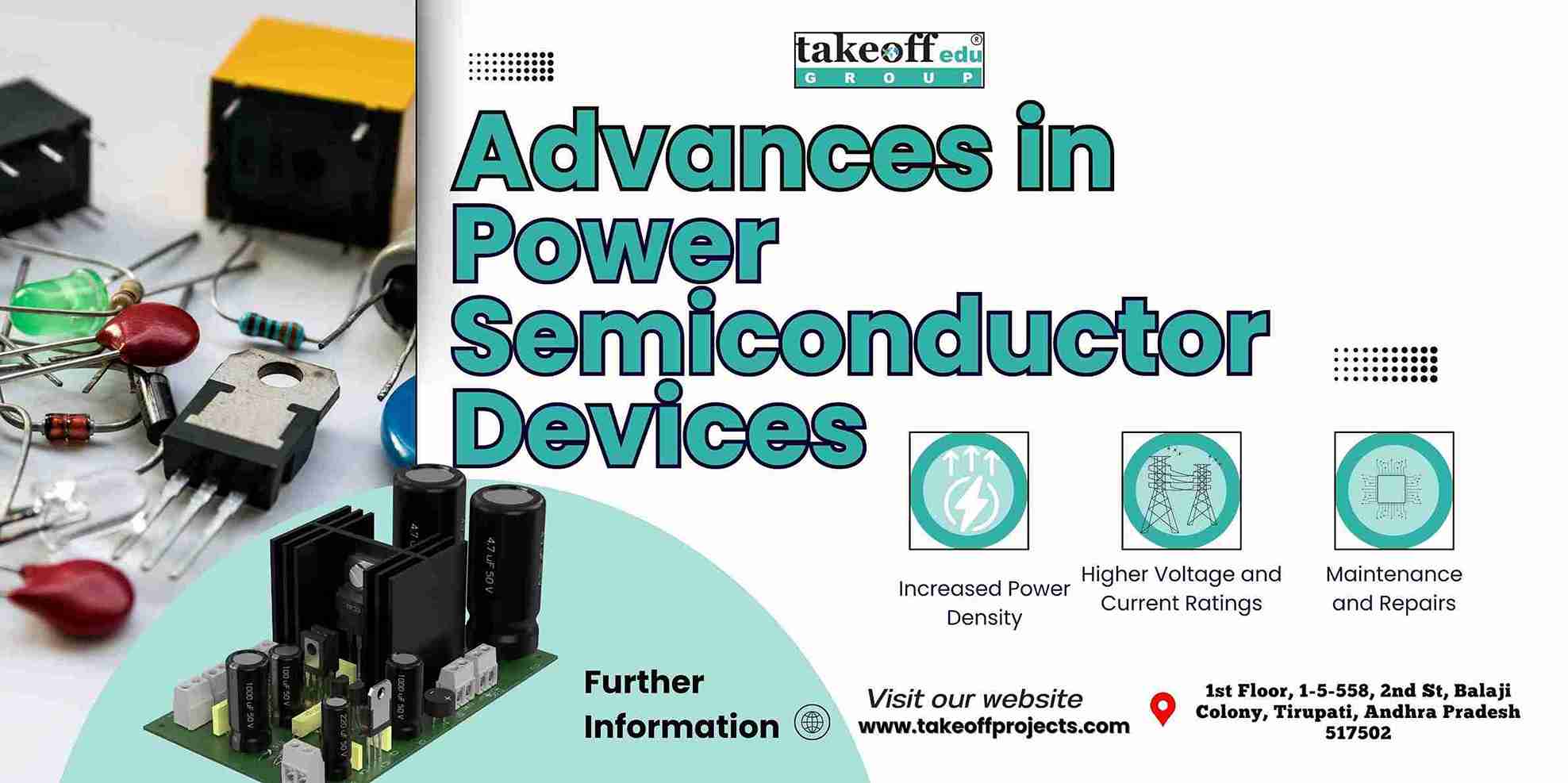
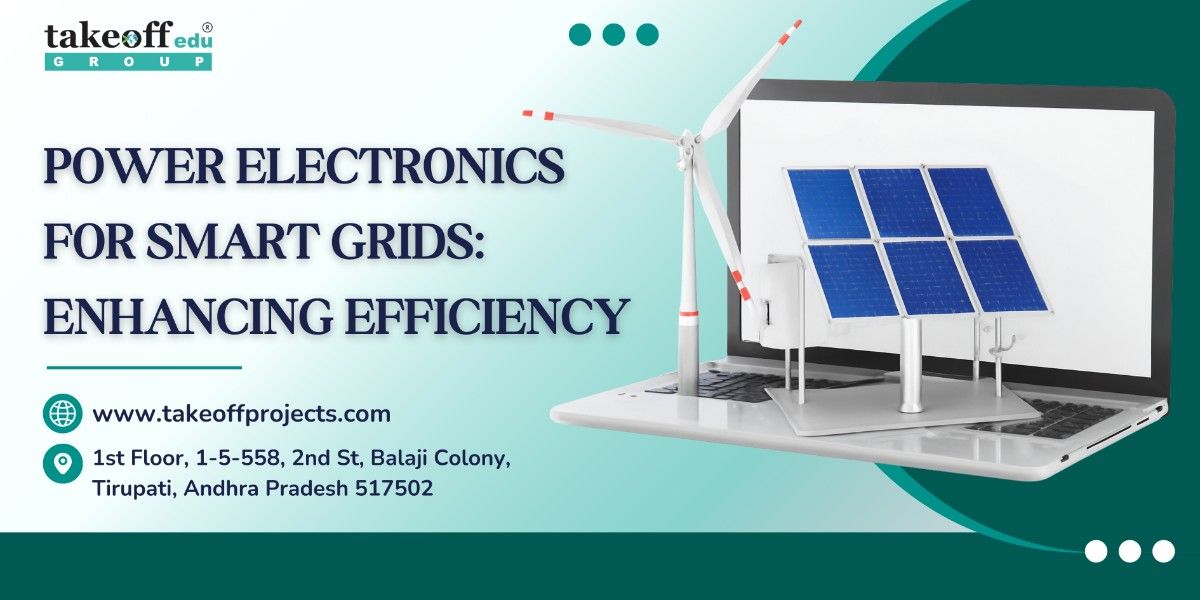 Power Electronics for Smart Grids: Enhancing Efficiency
Power Electronics for Smart Grids: Enhancing Efficiency 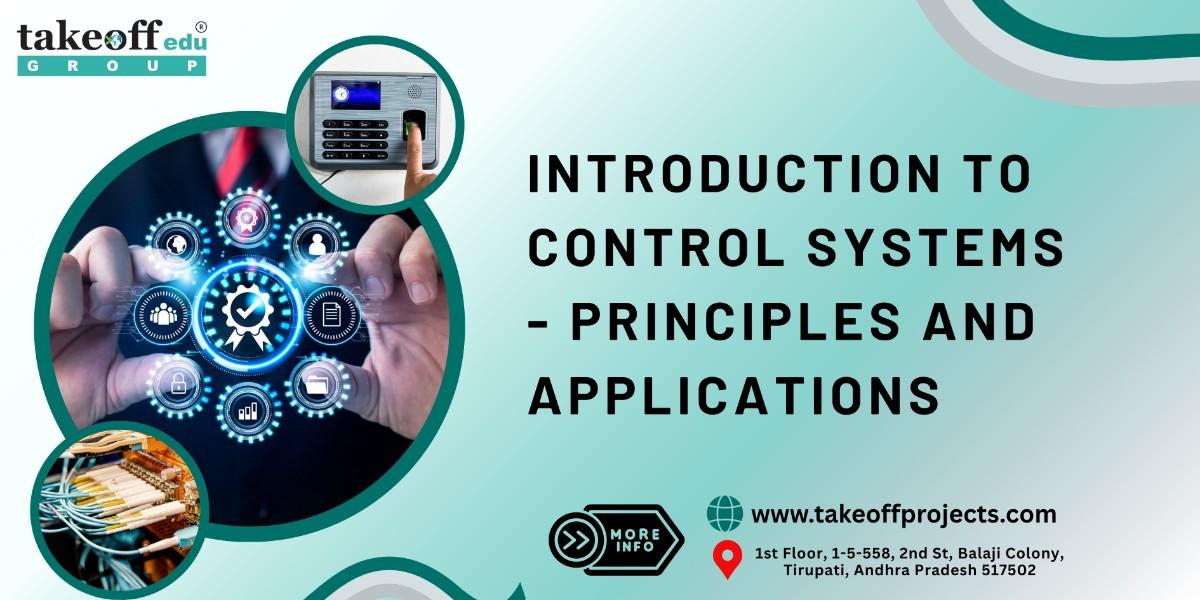 Introduction to Control Systems: Principles and Applications
Introduction to Control Systems: Principles and Applications 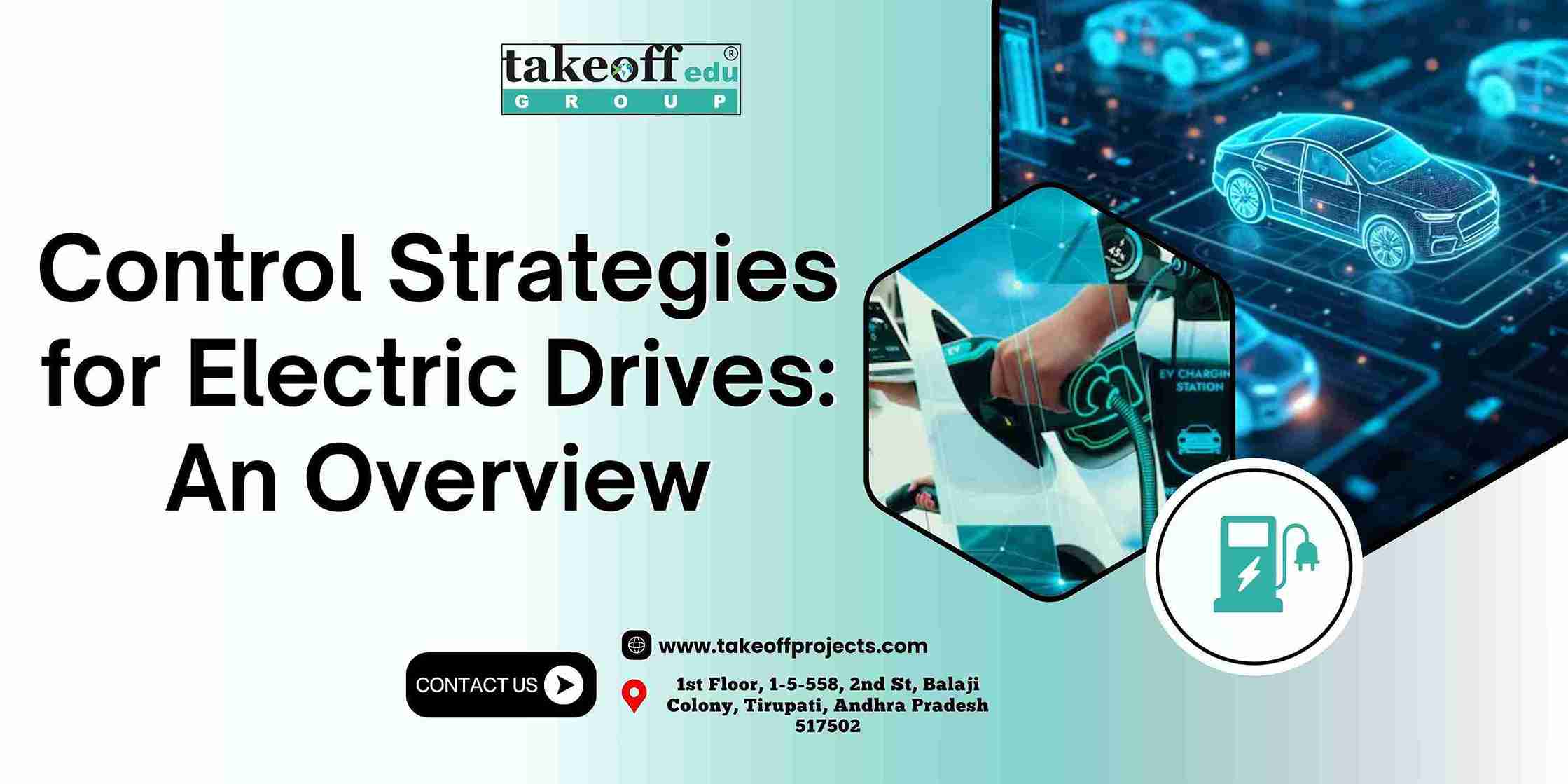 Control Strategies for Electric Drives: An Overview
Control Strategies for Electric Drives: An Overview 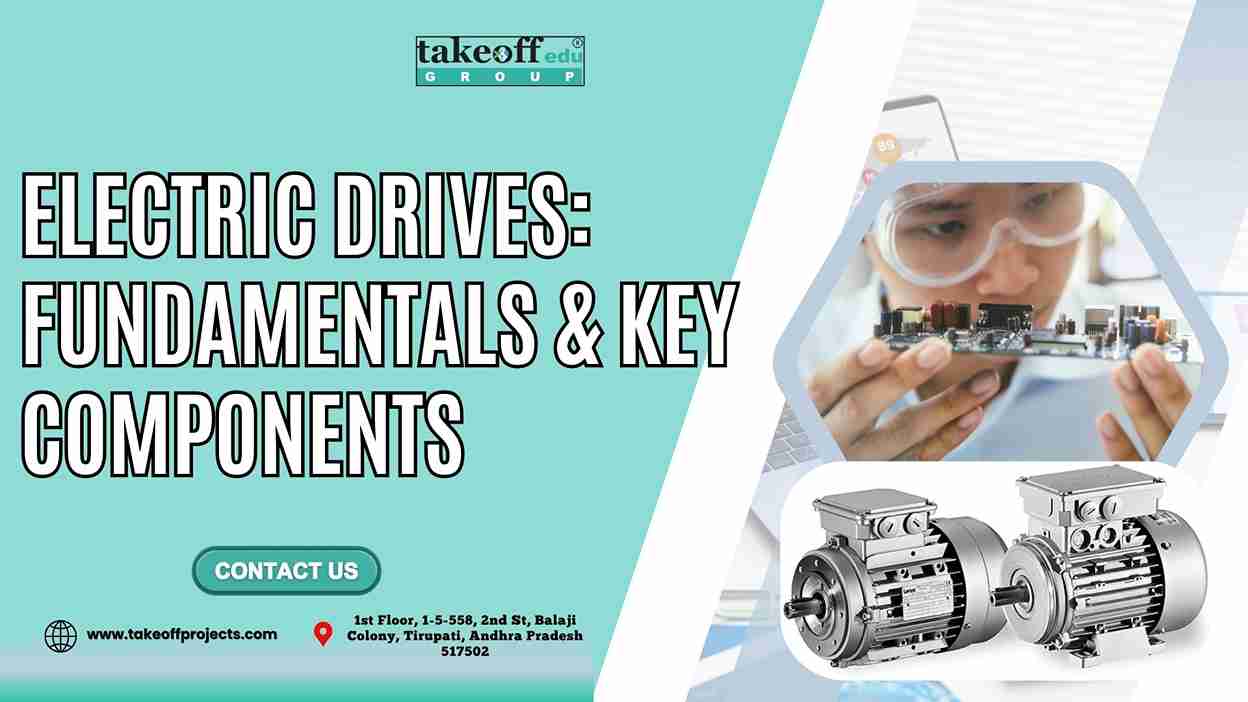 Electric Drives: Fundamentals & Key Components
Electric Drives: Fundamentals & Key Components 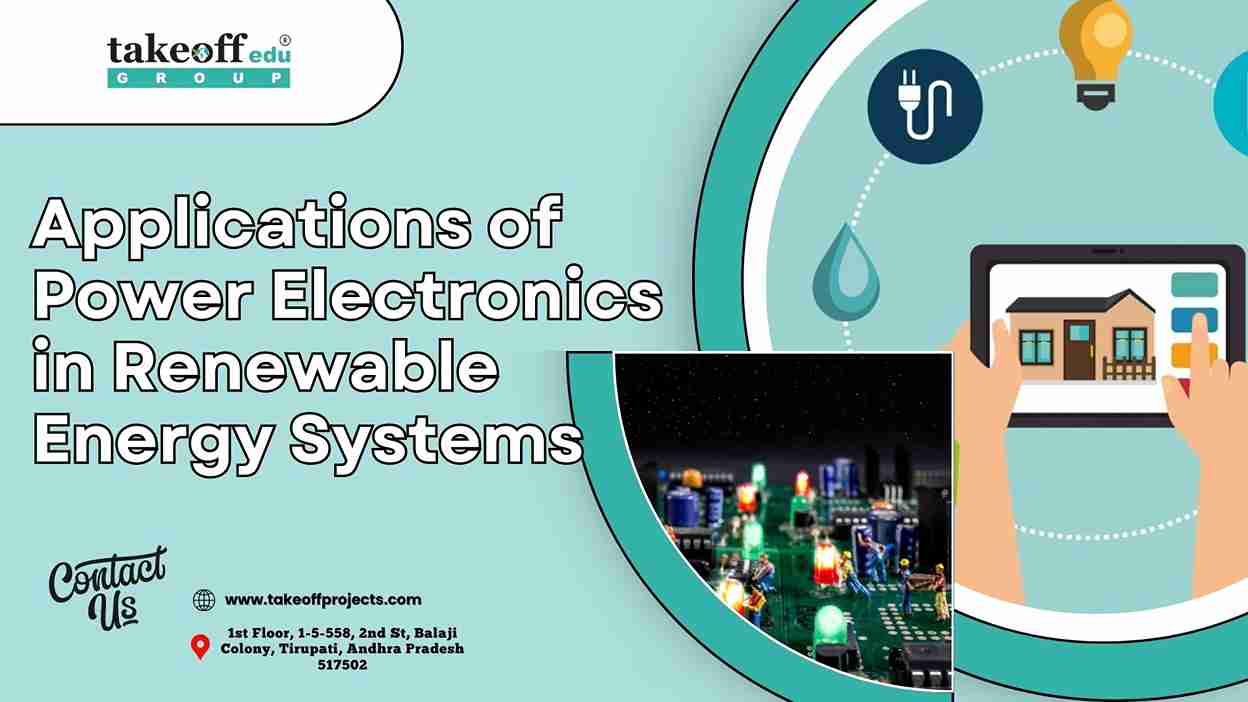 Applications of Power Electronics in Renewable Energy Systems
Applications of Power Electronics in Renewable Energy Systems  Designing Efficient Power Converters: Tips and Techniques
Designing Efficient Power Converters: Tips and Techniques 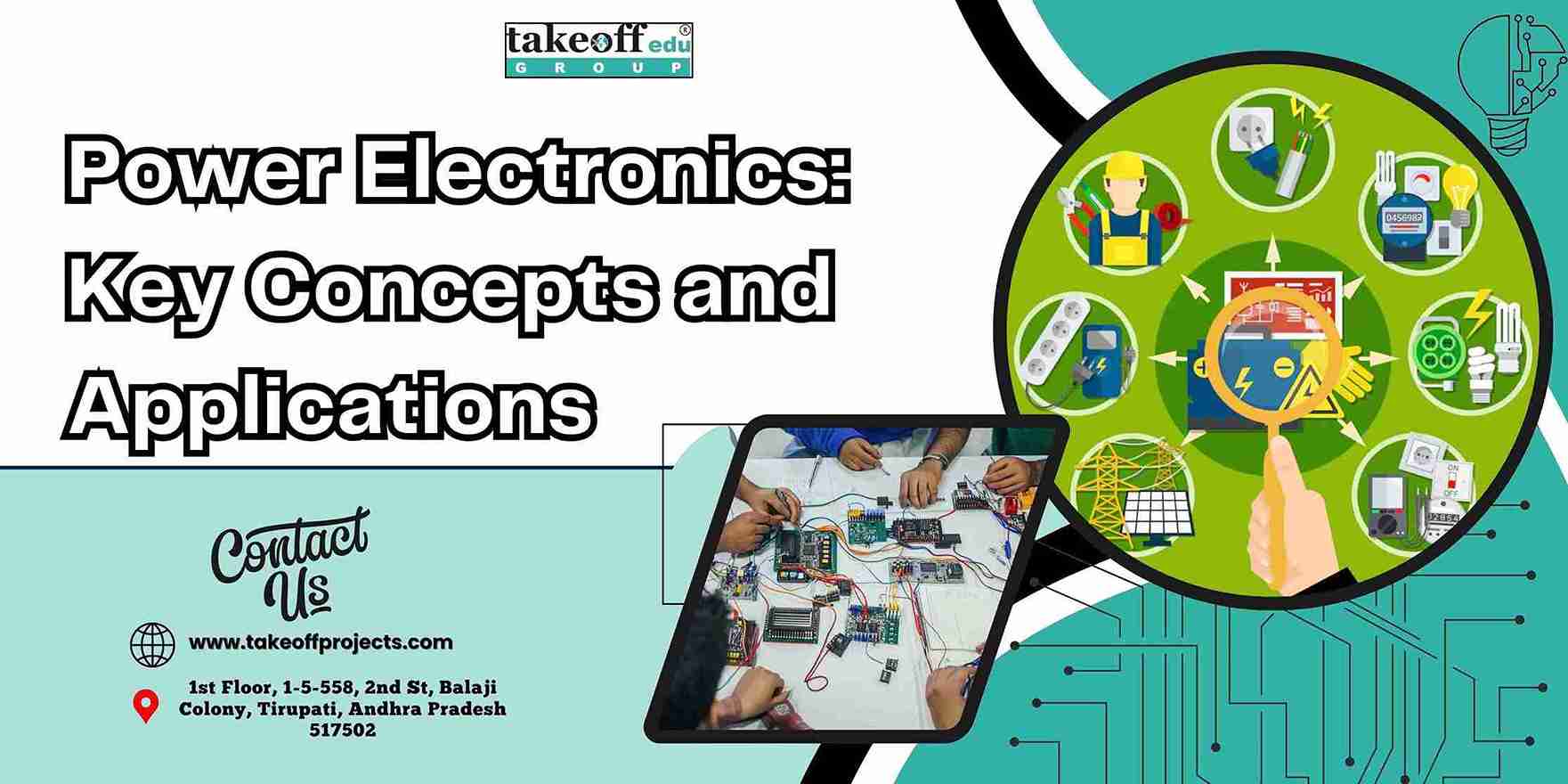 Power Electronics: Key Concepts and Applications
Power Electronics: Key Concepts and Applications 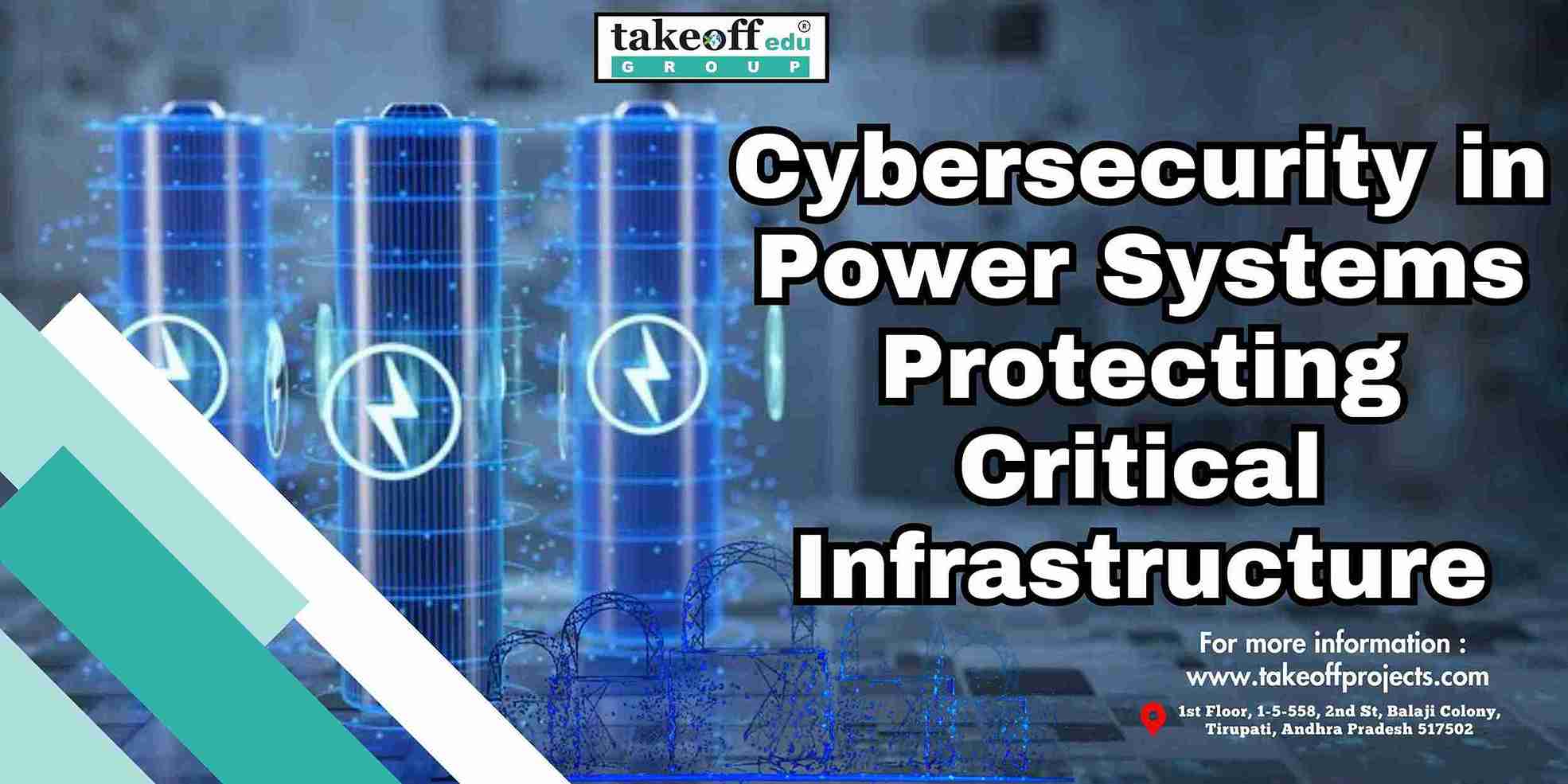 Cybersecurity in Power Systems: Protecting Critical Infrastructure
Cybersecurity in Power Systems: Protecting Critical Infrastructure 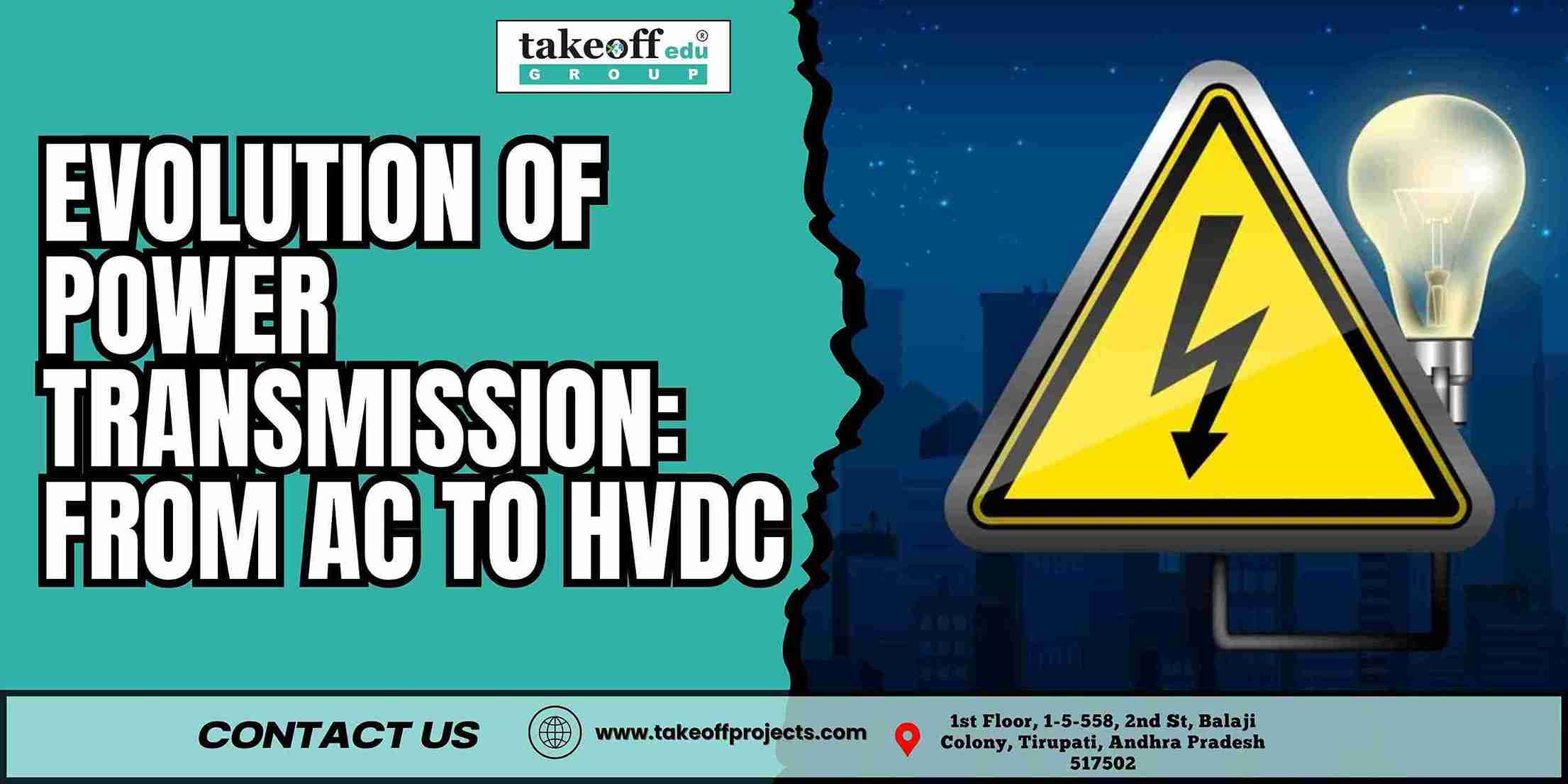 The Evolution of Power Transmission: From AC to HVDC
The Evolution of Power Transmission: From AC to HVDC 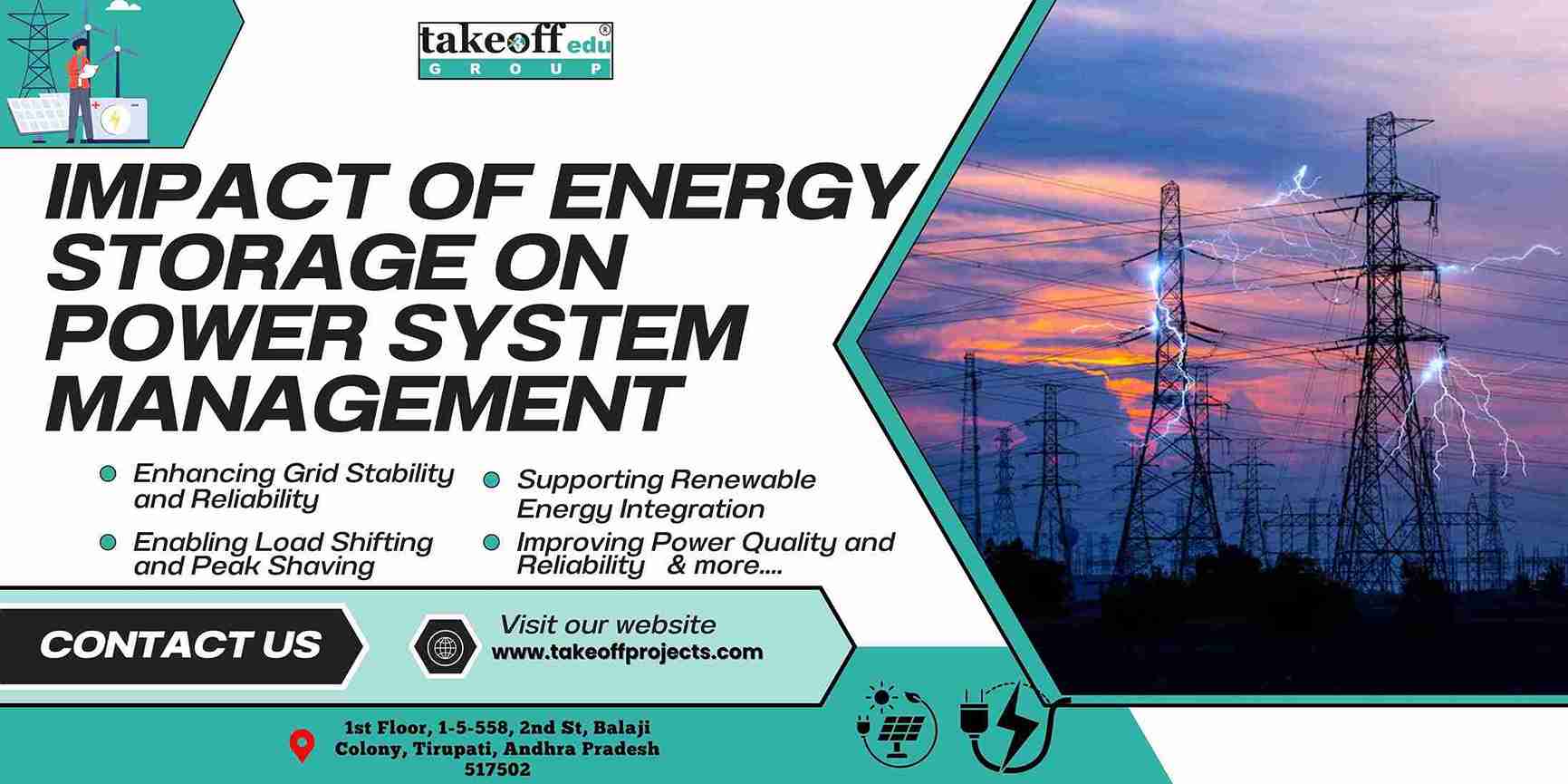 Impact of Energy Storage on Power System Management
Impact of Energy Storage on Power System Management 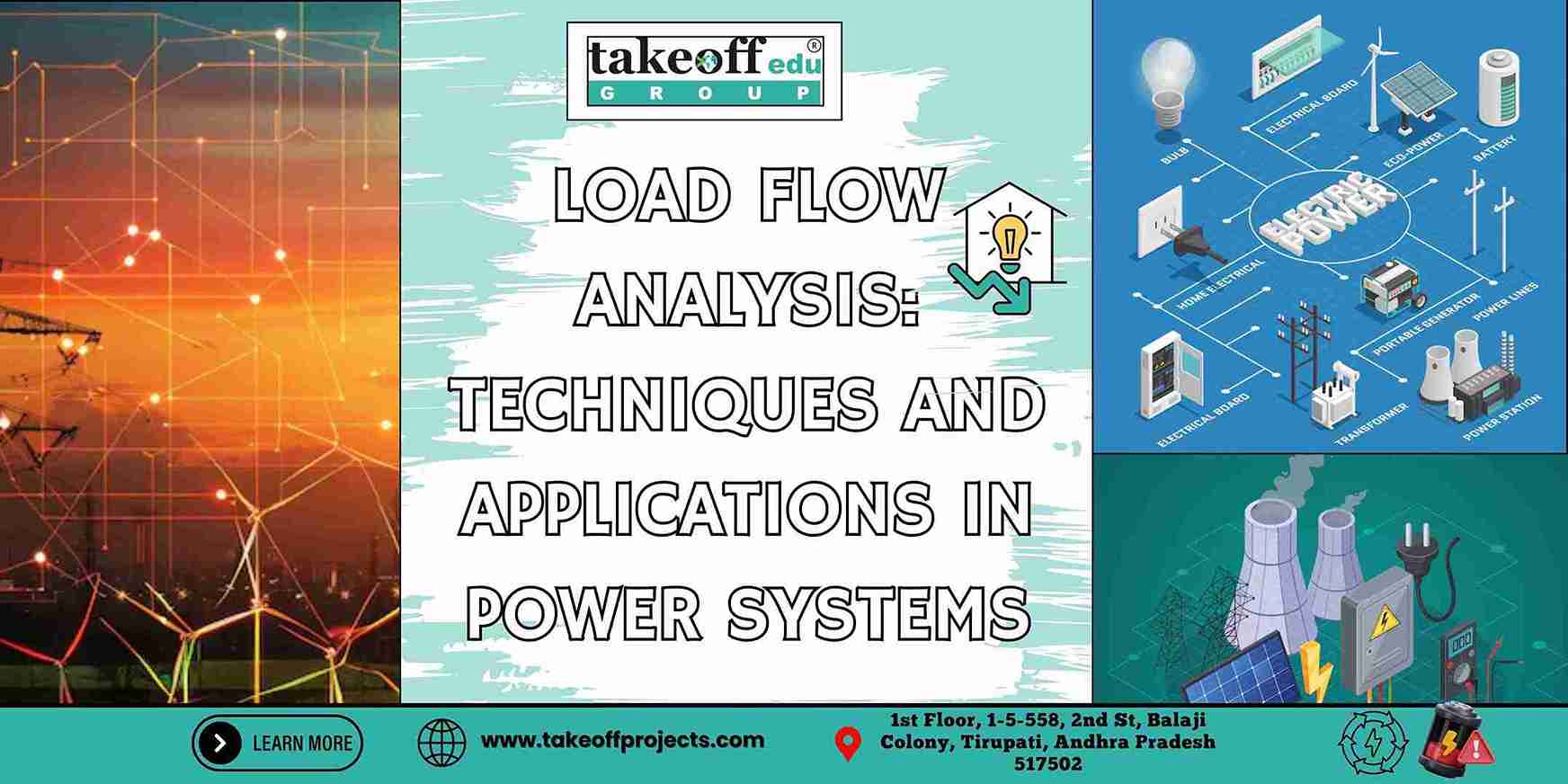 Load Flow Analysis : Techniques and Applications in Power Systems
Load Flow Analysis : Techniques and Applications in Power Systems 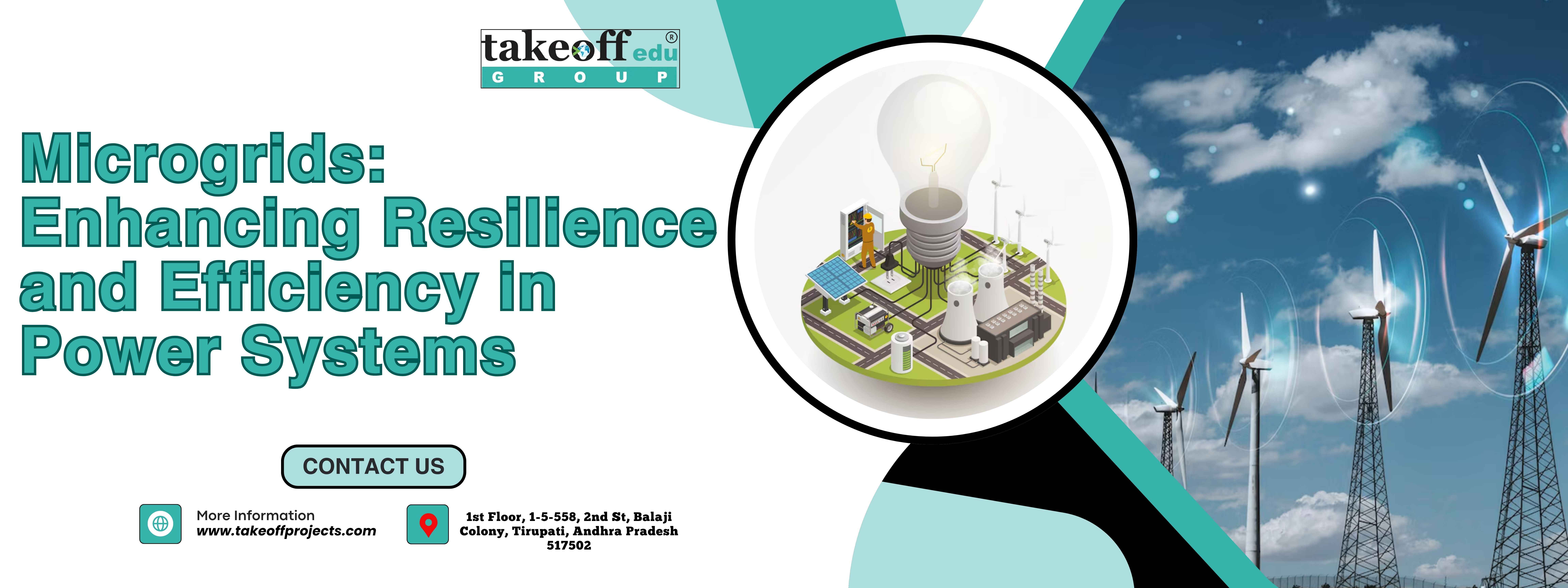 Microgrids: Enhancing Resilience and Efficiency in Power Systems
Microgrids: Enhancing Resilience and Efficiency in Power Systems 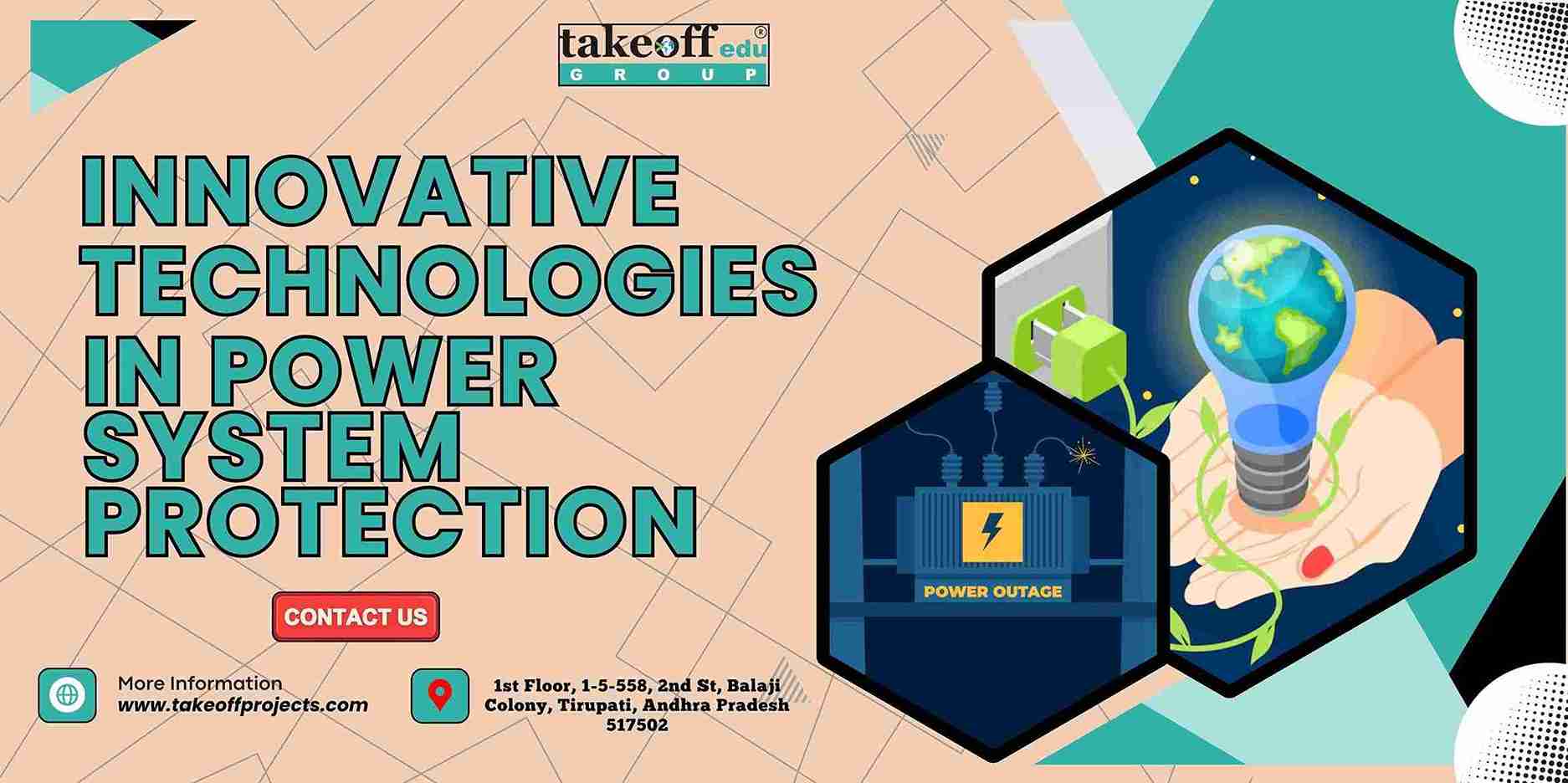 Innovative Technologies in Power System Protection
Innovative Technologies in Power System Protection 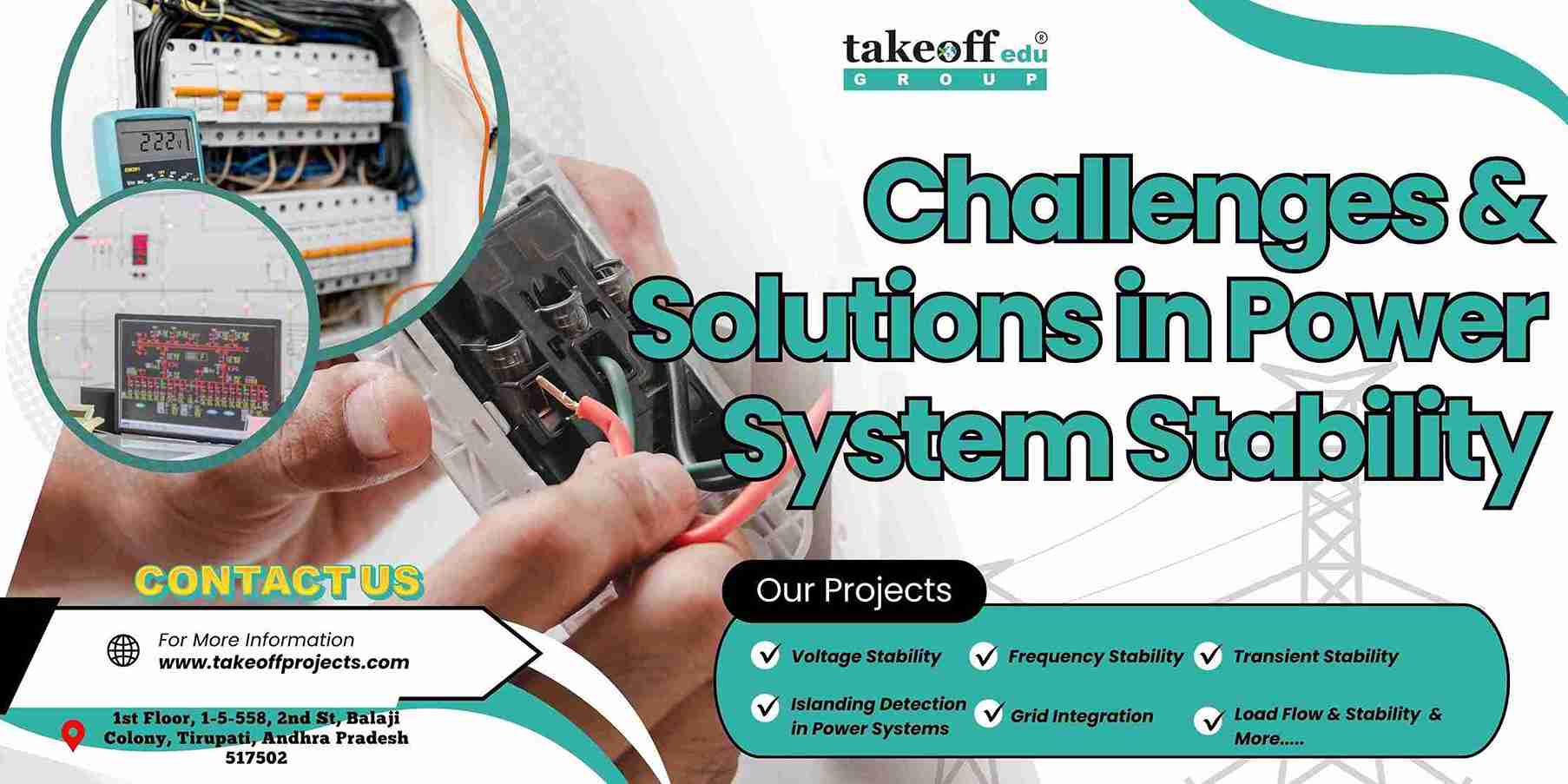 Challenges and Solutions in Power System Stability
Challenges and Solutions in Power System Stability 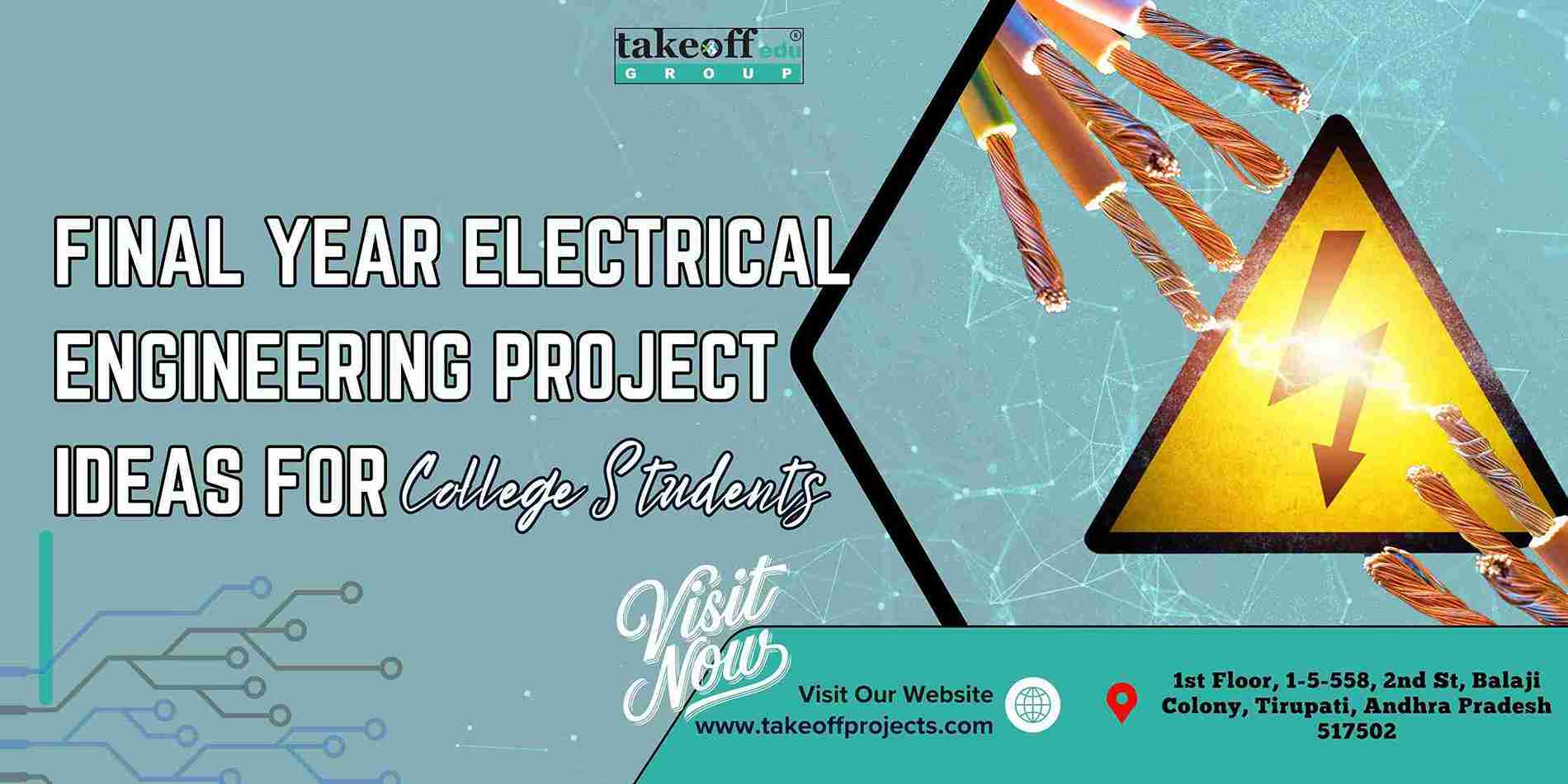 Final Year Electrical Engineering Project Ideas for College Students
Final Year Electrical Engineering Project Ideas for College Students  The Role of Renewable Energy in Modern Power Systems
The Role of Renewable Energy in Modern Power Systems  Smart Grids: Revolutionizing the Future of Power Systems
Smart Grids: Revolutionizing the Future of Power Systems 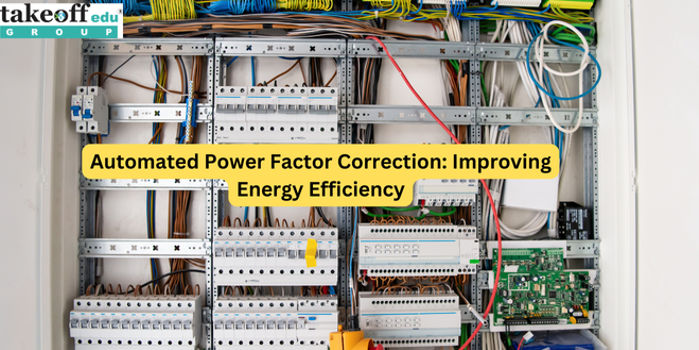 Automated Power Factor Correction: Improving Energy Efficiency
Automated Power Factor Correction: Improving Energy Efficiency 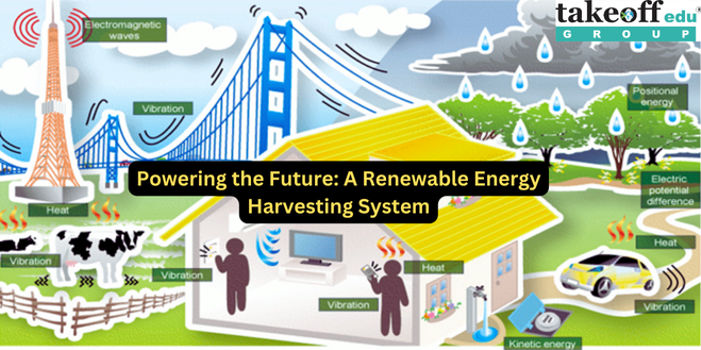 Powering the Future: A Renewable Energy Harvesting System
Powering the Future: A Renewable Energy Harvesting System 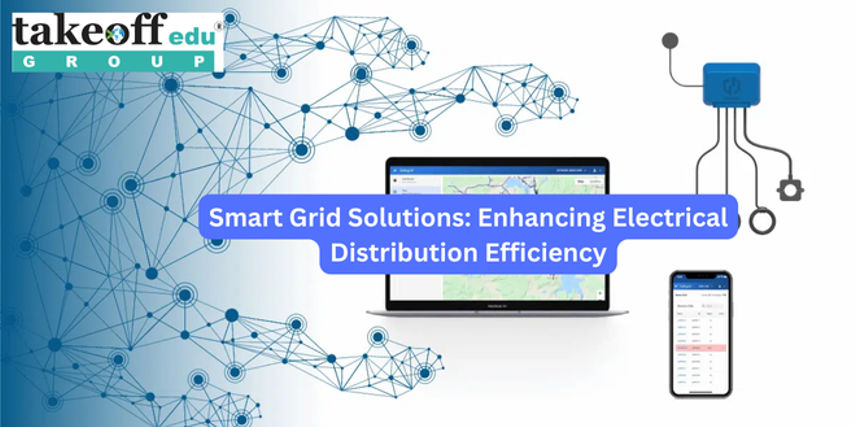 Smart Grid Solutions: Enhancing Electrical Distribution Efficiency
Smart Grid Solutions: Enhancing Electrical Distribution Efficiency 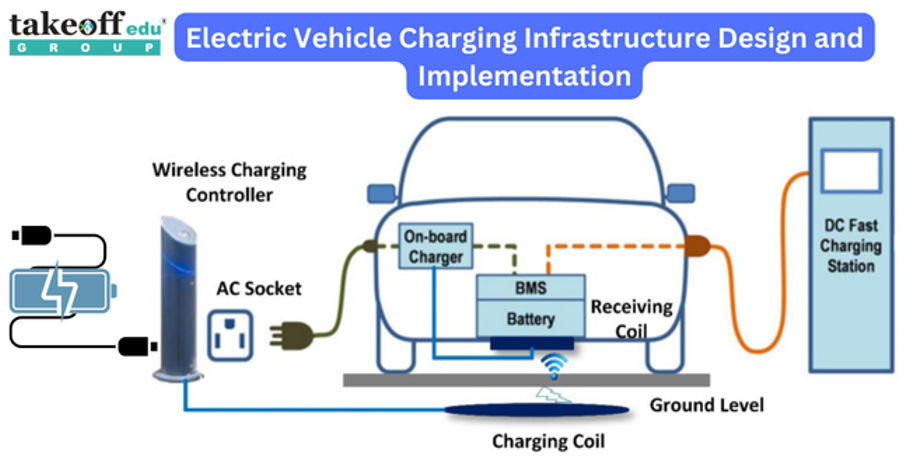 Electric Vehicle Charging Infrastructure Design and Implementation
Electric Vehicle Charging Infrastructure Design and Implementation 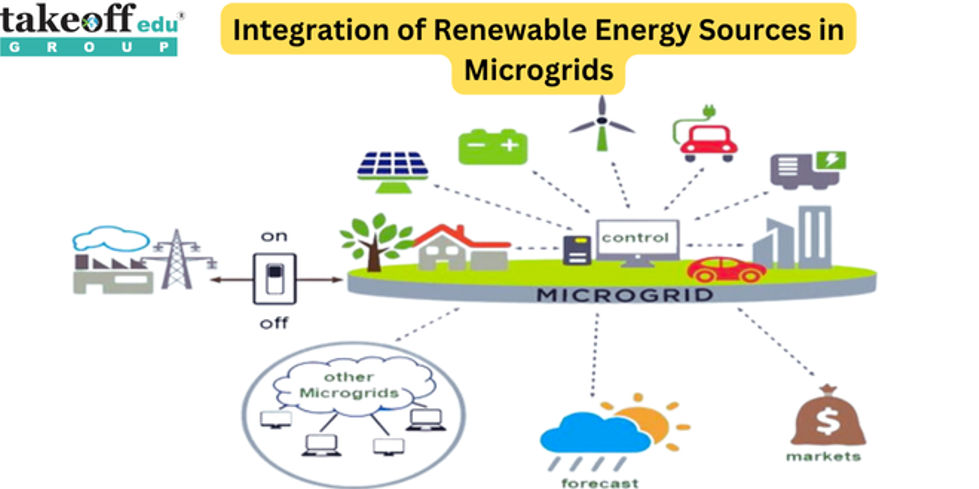 Integration of Renewable Energy Sources in Microgrids
Integration of Renewable Energy Sources in Microgrids  Electrical Projects Engineering Students
Electrical Projects Engineering Students  M.Tech Thermal Engineering Projects
M.Tech Thermal Engineering Projects 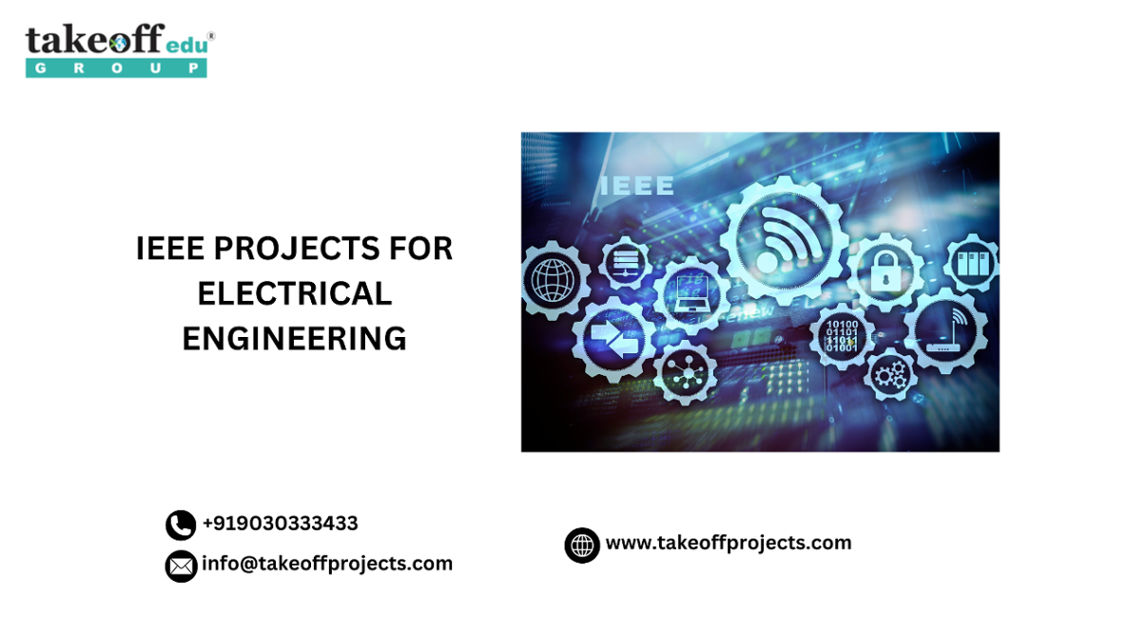 IEEE Projects for Electrical Engineering
IEEE Projects for Electrical Engineering  Mini Projects for EEE
Mini Projects for EEE  Mini Projects for Electrical Students
Mini Projects for Electrical Students 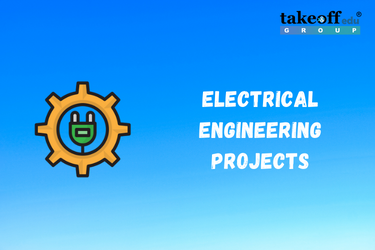 Top Electrical Projects for Final Year Students
Top Electrical Projects for Final Year Students  10 Interesting Projects for Electrical Engineering Students 2022
10 Interesting Projects for Electrical Engineering Students 2022  7 Trending Power Systems Based Projects for EEE
7 Trending Power Systems Based Projects for EEE  Top 10 Power Electronics Projects for EEE
Top 10 Power Electronics Projects for EEE  Top 16 Electrical Engineering Projects
Top 16 Electrical Engineering Projects 
 Paper Publishing
Paper Publishing


